Maria Kaselimi
modl.ai
Human-like Bots for Tactical Shooters Using Compute-Efficient Sensors
Dec 30, 2024Abstract:Artificial intelligence (AI) has enabled agents to master complex video games, from first-person shooters like Counter-Strike to real-time strategy games such as StarCraft II and racing games like Gran Turismo. While these achievements are notable, applying these AI methods in commercial video game production remains challenging due to computational constraints. In commercial scenarios, the majority of computational resources are allocated to 3D rendering, leaving limited capacity for AI methods, which often demand high computational power, particularly those relying on pixel-based sensors. Moreover, the gaming industry prioritizes creating human-like behavior in AI agents to enhance player experience, unlike academic models that focus on maximizing game performance. This paper introduces a novel methodology for training neural networks via imitation learning to play a complex, commercial-standard, VALORANT-like 2v2 tactical shooter game, requiring only modest CPU hardware during inference. Our approach leverages an innovative, pixel-free perception architecture using a small set of ray-cast sensors, which capture essential spatial information efficiently. These sensors allow AI to perform competently without the computational overhead of traditional methods. Models are trained to mimic human behavior using supervised learning on human trajectory data, resulting in realistic and engaging AI agents. Human evaluation tests confirm that our AI agents provide human-like gameplay experiences while operating efficiently under computational constraints. This offers a significant advancement in AI model development for tactical shooter games and possibly other genres.
Diabetic foot ulcers monitoring by employing super resolution and noise reduction deep learning techniques
Sep 20, 2022
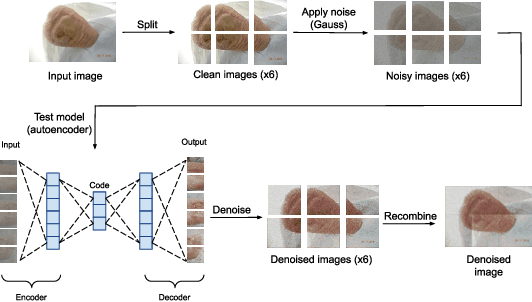


Abstract:Diabetic foot ulcers (DFUs) constitute a serious complication for people with diabetes. The care of DFU patients can be substantially improved through self-management, in order to achieve early-diagnosis, ulcer prevention, and complications management in existing ulcers. In this paper, we investigate two categories of image-to-image translation techniques (ItITT), which will support decision making and monitoring of diabetic foot ulcers: noise reduction and super-resolution. In the former case, we investigated the capabilities on noise removal, for convolutional neural network stacked-autoencoders (CNN-SAE). CNN-SAE was tested on RGB images, induced with Gaussian noise. The latter scenario involves the deployment of four deep learning super-resolution models. The performance of all models, for both scenarios, was evaluated in terms of execution time and perceived quality. Results indicate that applied techniques consist a viable and easy to implement alternative that should be used by any system designed for DFU monitoring.
Towards trustworthy Energy Disaggregation: A review of challenges, methods and perspectives for Non-Intrusive Load Monitoring
Jul 05, 2022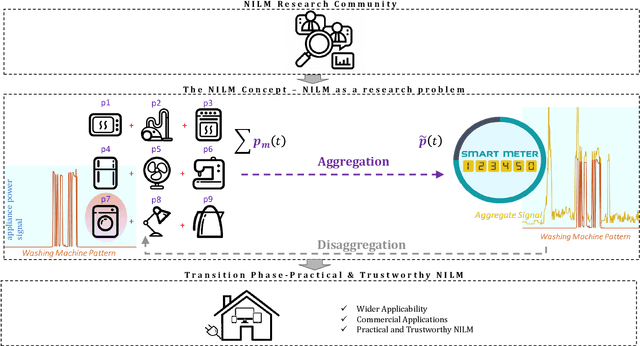
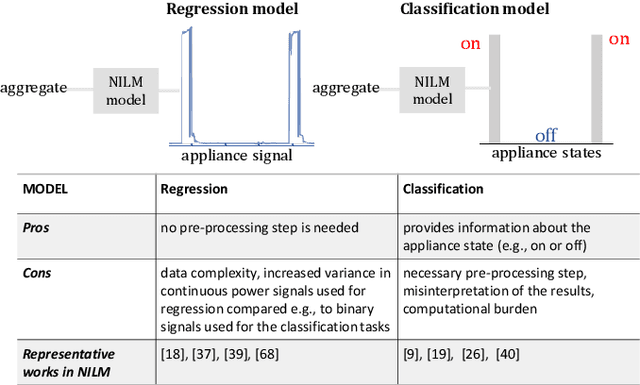
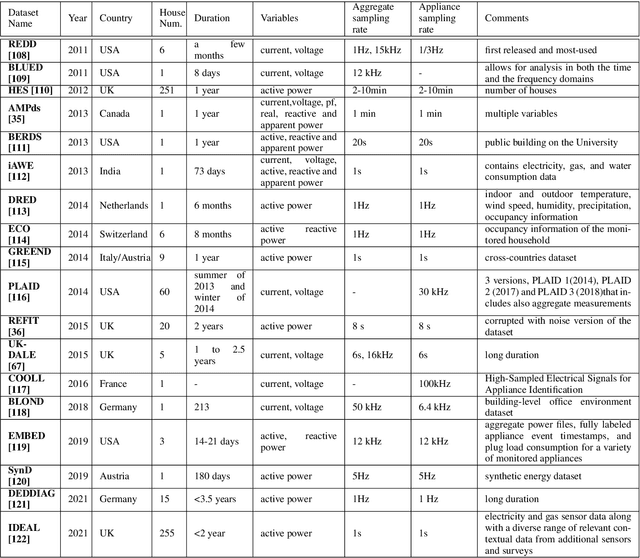
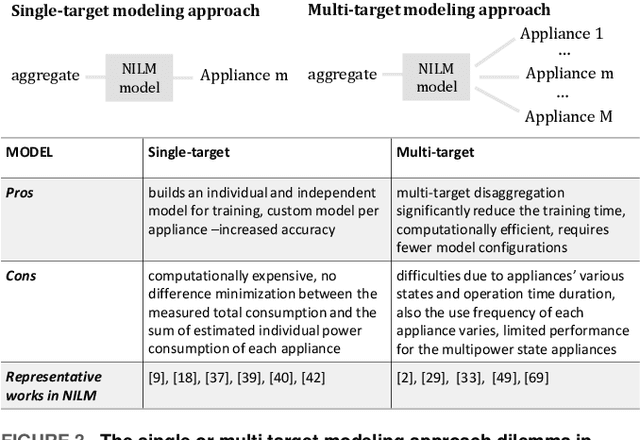
Abstract:Non-intrusive load monitoring (NILM) is the task of disaggregating the total power consumption into its individual sub-components. Over the years, signal processing and machine learning algorithms have been combined to achieve this. A lot of publications and extensive research works are performed on energy disaggregation or NILM for the state-of-the-art methods to reach on the desirable performance. The initial interest of the scientific community to formulate and describe mathematically the NILM problem using machine learning tools has now shifted into a more practical NILM. Nowadays, we are in the mature NILM period where there is an attempt for NILM to be applied in real-life application scenarios. Thus, complexity of the algorithms, transferability, reliability, practicality and in general trustworthiness are the main issues of interest. This review narrows the gap between the early immature NILM era and the mature one. In particular, the paper provides a comprehensive literature review of the NILM methods for residential appliances only. The paper analyzes, summarizes and presents the outcomes of a large number of recently published scholarly articles. Also, the paper discusses the highlights of these methods and introduces the research dilemmas that should be taken into consideration by researchers to apply NILM methods. Finally, we show the need for transferring the traditional disaggregation models into a practical and trustworthy framework.
Machine learning methods for modelling and analysis of time series signals in geoinformatics
Sep 16, 2021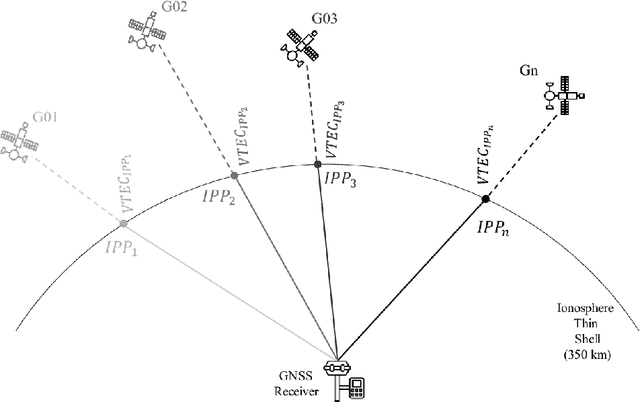

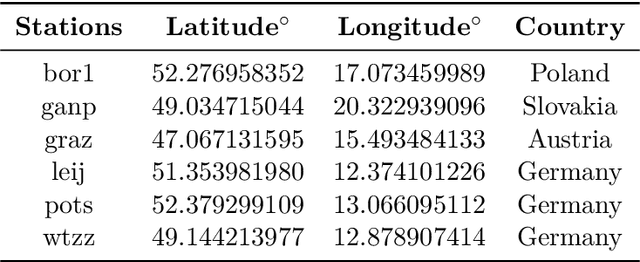
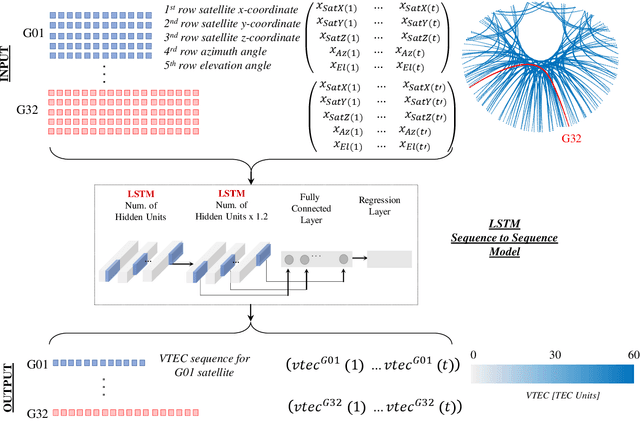
Abstract:In this dissertation is provided a comparative analysis that evaluates the performance of several deep learning (DL) architectures on a large number of time series datasets of different nature and for different applications. Two main fruitful research fields are discussed here which were strategically chosen in order to address current cross disciplinary research priorities attracting the interest of geodetic community. The first problem is related to ionospheric Total Electron Content (TEC) modeling which is an important issue in many real time Global Navigation System Satellites (GNSS) applications. Reliable and fast knowledge about ionospheric variations becomes increasingly important. GNSS users of single frequency receivers and satellite navigation systems need accurate corrections to remove signal degradation effects caused by the ionosphere. Ionospheric modeling using signal processing techniques is the subject of discussion in the present contribution. The next problem under discussion is energy disaggregation which is an important issue for energy efficiency and energy consumption awareness. Reliable and fast knowledge about residential energy consumption at appliance level becomes increasingly important nowadays and it is an important mitigation measure to prevent energy wastage. Energy disaggregation or Nonintrusive load monitoring (NILM) is a single channel blind source separation problem where the task is to estimate the consumption of each electrical appliance given the total energy consumption. For both problems various deep learning models (DL) are proposed that cover various aspects of the problem under study, whereas experimental results indicate the proposed methods superiority compared to the current state of the art.
 Add to Chrome
Add to Chrome Add to Firefox
Add to Firefox Add to Edge
Add to Edge